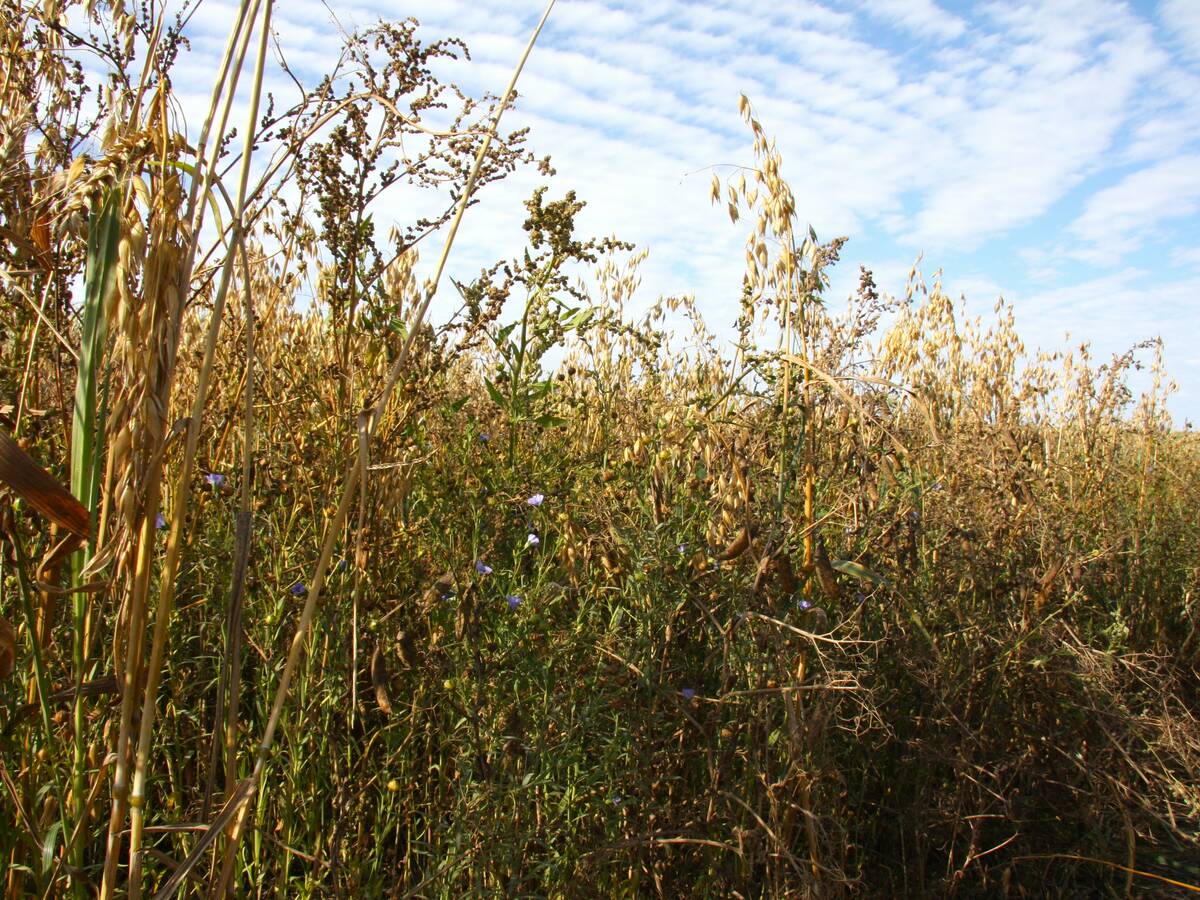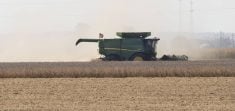On a recent trip to Toronto, I could see the CN Tower from my hotel room. It looked impressive, but not that impressive given the view of nearby buildings appearing much larger than the thin tower in the distance. Then, looking back toward the hotel from two miles away and 114 stories in the air, the hotel was barely discernible.
Perspective is important. Here are some things to watch in Latin America that will give perspective on agricultural markets.
Brazil soybeans: Brazilian farmers should be in the final stages of harvesting their latest soybean crop, but opinions are divided on how much was grown. Both the United States Department of Agriculture and Brazil’s equivalent agency, Conab, released production estimates on April 11.
Read Also

PepsiCo nearly doubles regenerative scope
Another 240,000 farm acres managed through regenerative agriculture will be supported by PepsiCo across Manitoba and Saskatchewan by the end of 2025.
After Brazil grew 162 million tonnes of soybeans in 2022-23, adverse weather during the 2023-24 growing season cut into yields. However, the USDA is still predicting production at 155 million tonnes for this year, while Conab lowered its estimate to 146.5 million tonnes in its April report. Many private analysts have come in even lower than the Conab call.
While the two agencies have different methodologies and usually differ in their estimates to some extent, the width of the current range is somewhat unprecedented. For added perspective, Canada grew 6.9 million tonnes of soybeans in 2022-23, or 1.6 million tonnes less than the margin of error between the two agencies.
While there will be other influences from a marketing standpoint, especially as attention in North America turns to seeding of our next crops, the actual size of Brazil’s production could either support or weigh on oilseed prices going forward, including Canadian canola, depending on how things shake out.
The USDA largely bases its estimate of Brazilian production on satellite imagery and is working with an acreage base about five to six per cent larger than what Conab uses. Conab’s data is compiled using farmer surveys.
While farmers may have a firsthand view of yields, many analysts note there are incentives to minimize those yields and under-report seeded area. Brazil has strict rules against deforestation, which may explain why the USDA seeded area and production estimates are much higher than the survey-based data.
Brazil corn: The size of Brazil’s corn crop is also debatable, although there is still a long growing season ahead for corn in the country. After producing 137 million tonnes of corn in 2022-23, the USDA held its estimate for 2023-24 at 124 million tonnes in its latest report. That compares with Conab’s estimate of only 111 million tonnes.
Argentina: Following the devastating drought in 2022-23, both the soybean and corn crops in Argentina saw a rebound in 2023-24, according to both the USDA and local Argentinian agencies. As a result, any cuts in Brazil’s crop may end up as a moot point, as the gaze of markets searches for something else to look at.
















